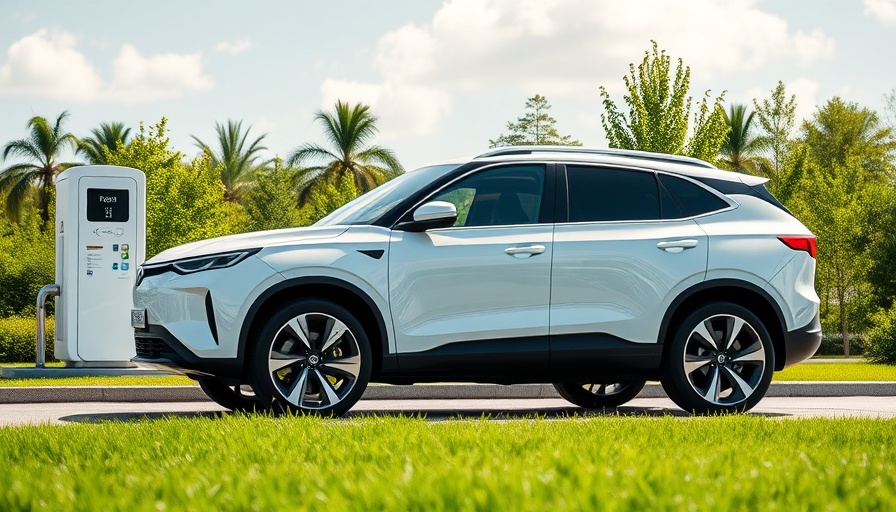
Introducing the Smart Mitsubishi Outlander: A Closer Look
The automotive landscape is constantly evolving, and Mitsubishi is stepping up its game with the latest upgrades to the Outlander. Once overlooked in favor of more conspicuous Japanese automakers like Honda and Toyota, the Outlander is making a significant return with its new mild hybrid technology and enhancements in the plug-in hybrid electric vehicle (PHEV) offerings. For buyers considering their options among the best cars of 2024, the Outlander presents an attractive blend of efficiency and modern technology.
The Rise of Hybrid Technology
As fuel prices fluctuate, consumers increasingly seek vehicles that are both fuel-efficient and environmentally friendly. The introduction of the mild hybrid system in the Outlander is a game-changer for drivers looking to reduce their carbon footprint without sacrificing performance. This innovative technology not only improves fuel economy but also enhances overall driving experience, making the Outlander a compelling option among hybrid cars.
Analyzing PHEV Upgrades: Practical Improvements
The redesigned PHEV version of the Outlander is equipped with a more robust battery and electric motor, allowing for better electric-only range. With real-world mpg reviews indicating substantial improvements, this SUV sets a strong example in the realm of electric vehicle reviews. Combining power with efficiency, the Outlander appeals to families looking for both versatility and economy in their daily commutes.
A Clear Competitive Edge: Mitsubishi's Strategy
The Outlander stands out in a saturated compact SUV market. With a starting price around $29,645, it's positioned as one of the best value cars, particularly for budget-conscious buyers. Comparatively, features such as cutting-edge car technology and a top safety rating encourage potential customers to explore Mitsubishi’s offerings before deciding between popular models from rival manufacturers.
Boosting Consumer Confidence: Reliability Ratings
Mitsubishi's emphasis on quality is reflected in their warranty offerings—60 months/60,000 miles on the basic warranty and 120 months/100,000 miles for powertrain coverage. Such warranties bolster trust in the brand, which is crucial for new buyers evaluating new car reliability ratings. With substantial research indicating that reliable vehicles often maintain higher resale values, the Outlander’s backing might appeal to more cautious consumers.
Broader Implications for the Automotive Industry
With increasing awareness of environmental concerns and the demand for efficient vehicles, the Mitsubishi Outlander could set the stage for industry-wide trends. Other manufacturers might follow suit with similar upgrades in their SUV lines as competition gets fiercer. The advent of hybrid technologies is a clear signal that fuel efficiency is becoming a deal-maker, and consumer insights reveal a strong preference for vehicles that offer multi-functionality without breaking the bank.
Parental Perspective: Family-Friendly Features
For families, the Outlander's roominess combined with its advanced safety features offers reassurance that aligns well with the needs of modern parents. Integrated infotainment systems, ample cargo space, and safety ratings foster a secure driving experience, making it a top choice when considering the sedan vs SUV comparison. Consequently, busy families might find the Outlander suits their lifestyle demands, bridging practicality with modern conveniences.
Conclusion: Exploring the Future of Mitsubishi
The Mitsubishi Outlander’s new features and enhancements reflect a strategic repositioning for the brand, presenting a compelling case for consumers exploring their next vehicle purchase—particularly in a time where hybrid and electric vehicle solutions are gaining momentum. If you are in the market for an efficient, reliable, and technologically advanced vehicle, the Outlander should undoubtedly be on your shortlist.
 Add Row
Add Row  Add
Add 




Write A Comment